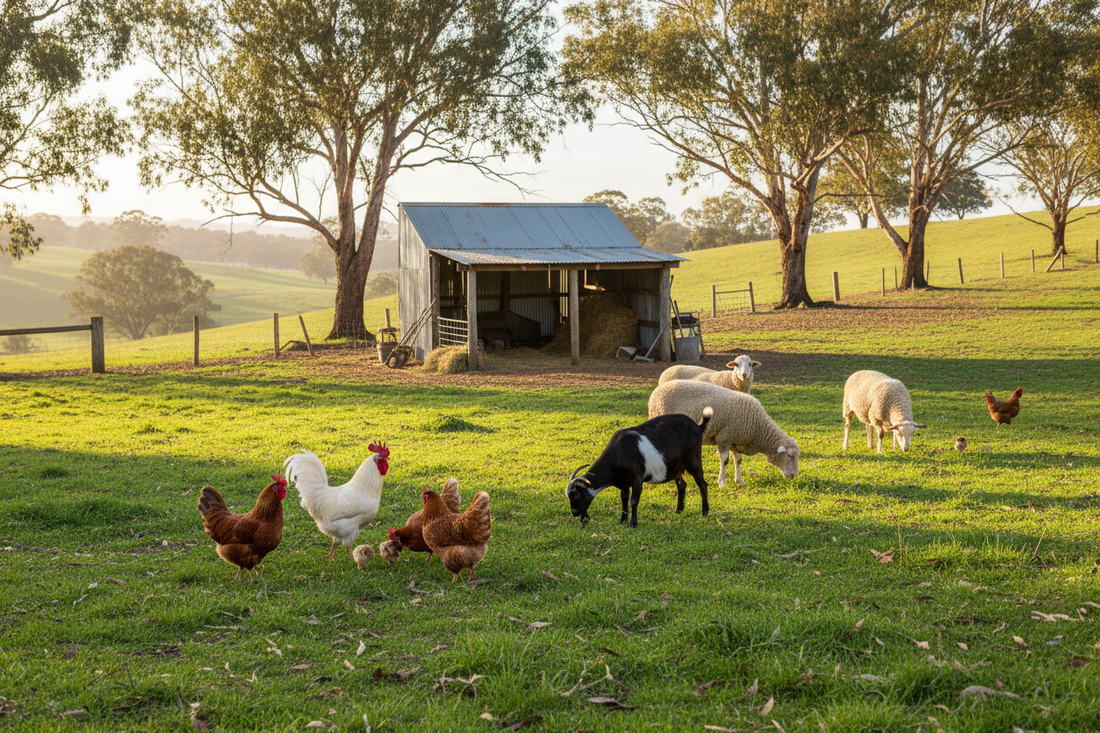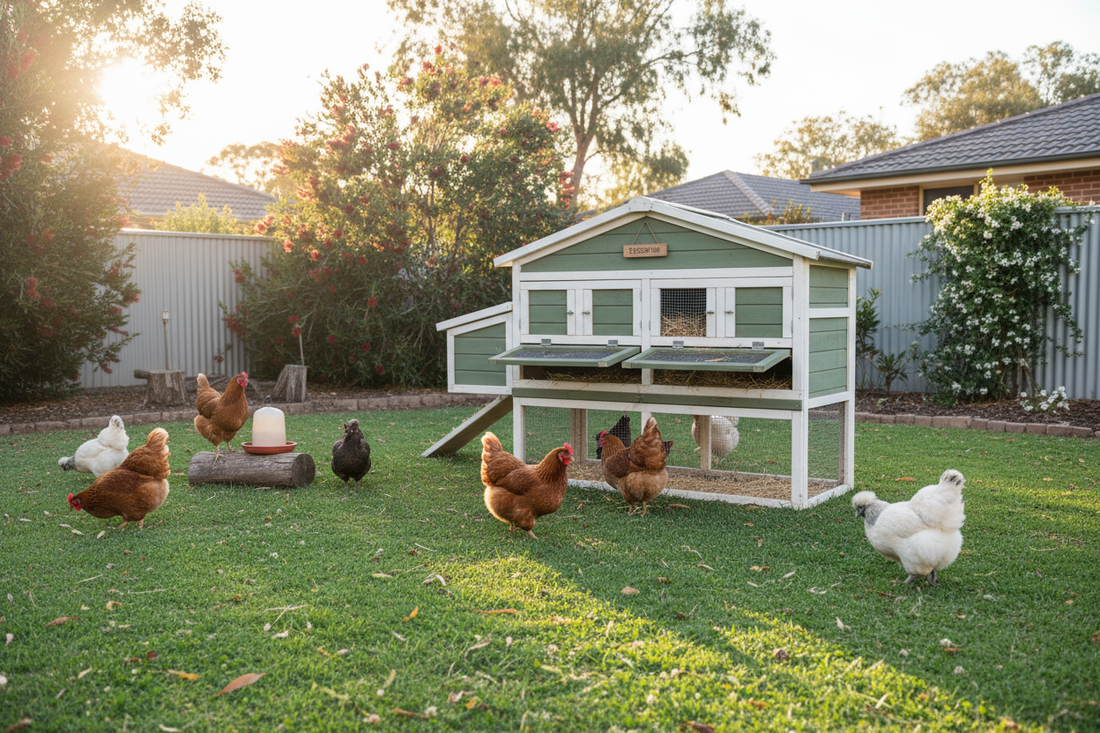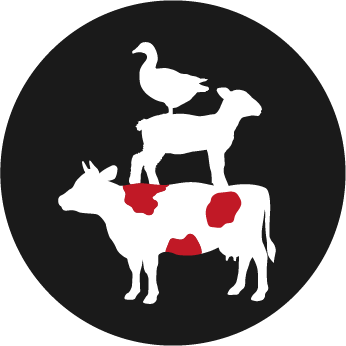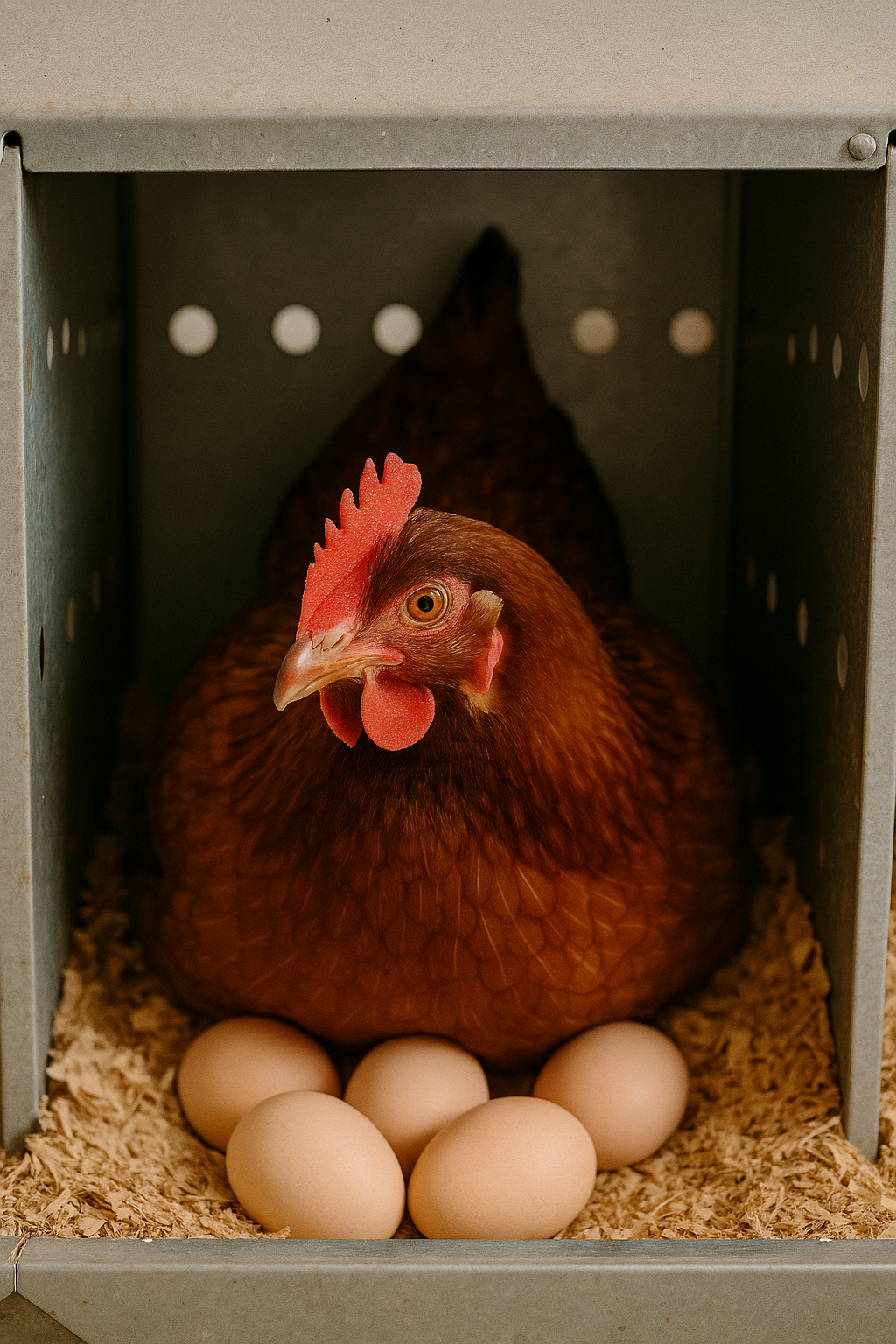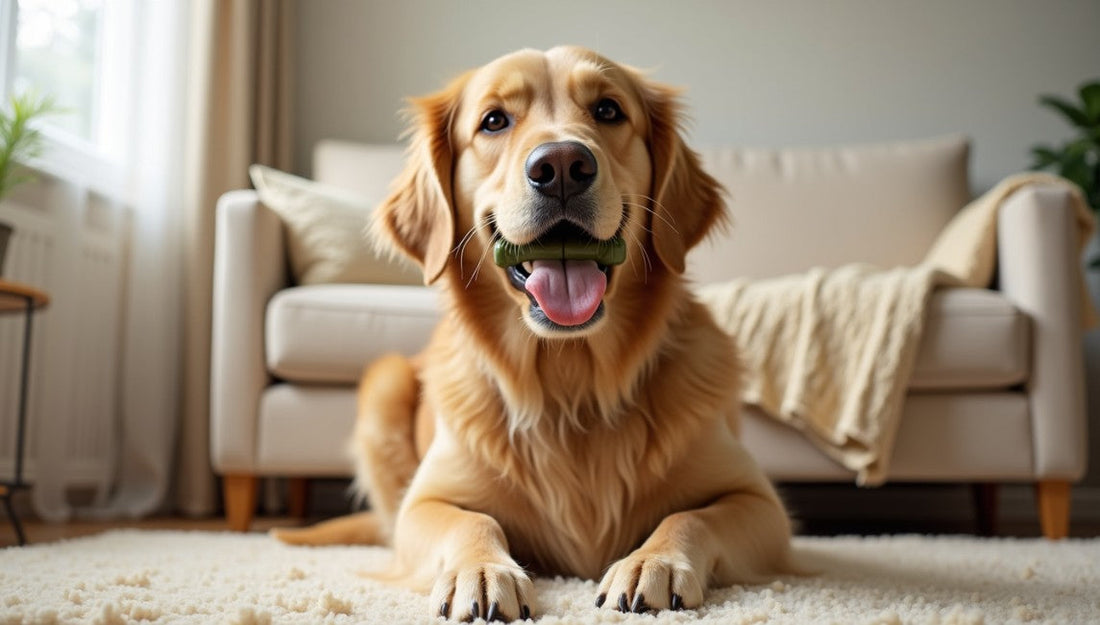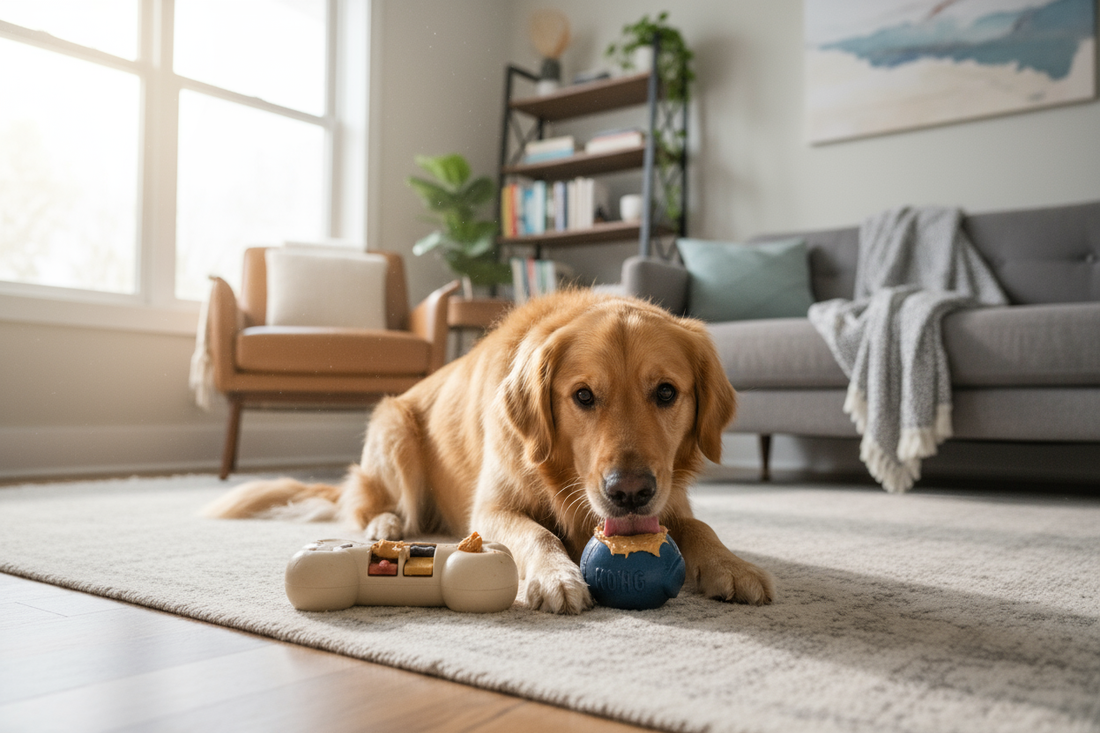
Dog Enrichment Activities: 10 Ways to Keep Your Dog Mentally Stimulated at Home
Does your dog seem bored, restless, or getting into mischief around the house? Mental stimulation is just as important as physical exercise for your dog's wellbeing. A mentally enriched dog is a happy, well-behaved dog. In this guide, we'll explore 10 effective enrichment activities you can do at home to keep your furry friend engaged and satisfied.
Why Mental Enrichment Matters
Dogs are intelligent creatures that need mental challenges to thrive. Without proper stimulation, they can develop behavioural issues like excessive barking, destructive chewing, or anxiety. Mental enrichment helps:
- Reduce boredom and destructive behaviours
- Build confidence and problem-solving skills
- Tire out your dog more effectively than physical exercise alone
- Strengthen your bond through interactive play
- Provide natural outlets for instinctive behaviours like sniffing and foraging
The best part? Many enrichment activities can be done indoors, making them perfect for rainy days, hot Australian summers, or when you're short on time.
10 Enrichment Activities to Try Today
1. KONG Stuffing Adventures
KONG toys are the gold standard for dog enrichment. These durable rubber toys can be stuffed with treats, wet food, or frozen mixtures to create hours of entertainment. Try freezing a KONG stuffed with peanut butter, kibble, and a few treats for an extra-long challenge. The licking and chewing action releases endorphins, naturally calming your dog.
Difficulty level: Beginner to Advanced (depending on how you stuff it)
2. Foraging Games
Tap into your dog's natural foraging instincts by hiding kibble or treats around your backyard. This mimics the natural behaviour of searching for food and provides excellent mental stimulation. You can also hide treats in cardboard boxes, under towels, or in a muffin tin covered with tennis balls.
Difficulty level: Beginner
3. Puzzle Toys and Interactive Feeders
Puzzle toys challenge your dog to figure out how to access hidden treats. Start with simple puzzles and gradually increase difficulty as your dog masters each level. Interactive feeders slow down fast eaters while providing mental stimulation at mealtime.
Difficulty level: Beginner to Advanced
4. Training Sessions
Short, positive training sessions (5-10 minutes) are fantastic mental workouts. Teach new tricks, practice obedience commands, or work on impulse control exercises. Training strengthens your bond and gives your dog a sense of accomplishment.
Ideas to try:
- Basic commands: sit, stay, come, down
- Fun tricks: spin, shake, play dead, high five
- Scent work: find hidden treats or toys
- Impulse control: wait before eating, leave it
Difficulty level: All levels
5. Hide and Seek
This classic game works wonderfully with dogs! Have your dog stay in one room while you hide, then call them to find you. Reward them with praise and treats when they succeed. You can also hide their favourite toys around the house for them to find.
Difficulty level: Beginner
6. Chew Time with Long-Lasting Treats
Appropriate chewing is a natural stress reliever for dogs. Provide safe, long-lasting chews like dental treats, bully sticks, or specially designed chew toys. Greenies dental treats are excellent for combining dental health with satisfying chew time.
Difficulty level: Beginner
7. Tug and Fetch with Purpose
Turn regular play into enrichment by adding rules and structure. Practice 'drop it' during tug games, or make your dog perform a trick before throwing the ball. This adds mental challenge to physical exercise.
Difficulty level: Beginner to Intermediate
8. Frozen Treat Challenges
On hot days, freeze treats in ice cubes, ice cream containers, or special dog-safe frozen treats. Your dog will love licking and working to get the goodies out, and it helps them cool down too. Try freezing dog-safe broth, wet food, or pureed fruit in various containers.
Difficulty level: Beginner
9. Obstacle Courses at Home
Create a simple agility course using household items. Have your dog weave through chair legs, jump over broomsticks, crawl under tables, or balance on cushions. This combines physical and mental exercise while building confidence.
Difficulty level: Intermediate
10. Scent Work and Nose Games
Dogs have an incredible sense of smell—use it! Hide treats around the house and encourage your dog to find them using their nose. You can also play 'which hand' by hiding a treat in one closed fist and letting them sniff it out. Advanced dogs can learn to identify specific scents.
Difficulty level: Beginner to Advanced
Tips for Successful Enrichment
Start Simple
If your dog is new to enrichment activities, start with easier challenges and gradually increase difficulty. Success builds confidence!
Rotate Activities
Keep things interesting by rotating through different activities. What's exciting today might be boring next week, so variety is key.
Supervise New Activities
Always supervise your dog with new toys or activities to ensure they're safe and using them appropriately.
Match Energy Levels
High-energy dogs might need more challenging activities, while senior dogs or puppies benefit from gentler enrichment.
End on a Positive Note
Always finish enrichment sessions while your dog is still engaged and successful. This keeps them eager for next time.
How Much Enrichment Does Your Dog Need?
Most dogs benefit from 15-30 minutes of dedicated enrichment activities daily, in addition to regular exercise. However, this varies by breed, age, and individual personality. Working breeds and high-energy dogs may need more, while senior dogs might prefer shorter, gentler sessions.
Remember: 15 minutes of mental stimulation can tire a dog as much as a 30-minute walk!
Common Mistakes to Avoid
- Making it too difficult too fast: This leads to frustration, not fun
- Using the same activity every day: Dogs get bored too!
- Leaving puzzle toys out all the time: They lose their novelty
- Not supervising chew items: Safety first, always
- Forgetting to adjust meal portions: If using food for enrichment, reduce meal sizes accordingly
Get Started Today
Mental enrichment doesn't have to be complicated or expensive. Start with one or two activities from this list and see what your dog enjoys most. The key is consistency and variety—a little bit of mental stimulation each day makes a huge difference in your dog's happiness and behaviour.
At Pet and Rural Supply Co, we stock a wide range of enrichment toys, KONG products, puzzle feeders, dental treats, and more to keep your dog mentally stimulated and happy. Visit us in-store or browse online to find the perfect enrichment solutions for your furry friend.
What's your dog's favourite enrichment activity? We'd love to hear about it!

